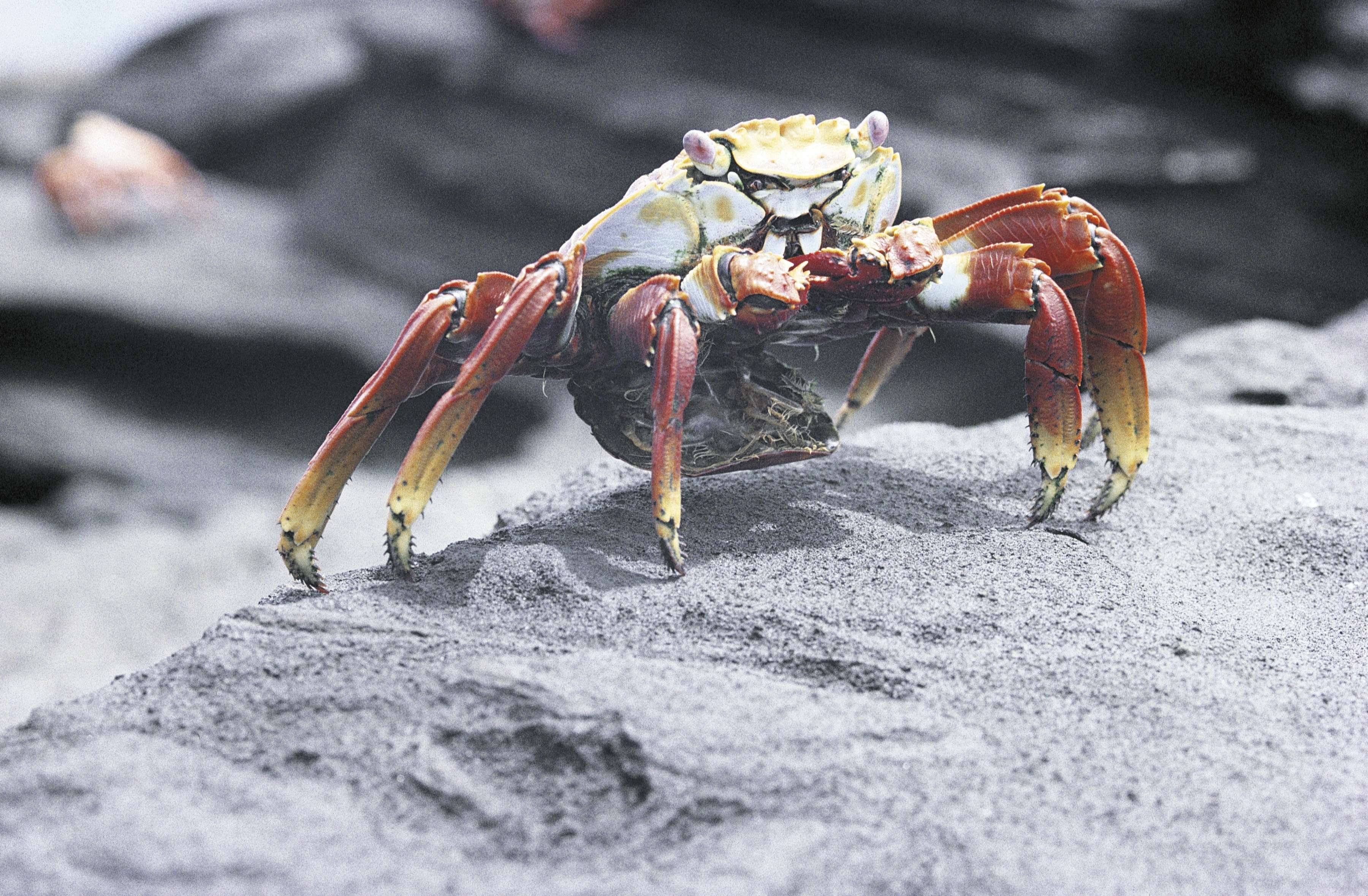Create a free profile to get unlimited access to exclusive videos, sweepstakes, and more!
Why does evolution keep turning different species into crabs?

This one may come at you sideways: Given enough time, Mother Nature has an unexpected gift for turning its little living creations into seafood. A new report has cracked open the discovery that, in no fewer than five documented cases, species that started out as something else ended up evolving into the same crab-like animal — hard shell and all.
The study, which got the internet boiling with buzz after being picked up recently by Popular Mechanics, was originally published in 2017 in the Biological Journal of the Linnean Society, and finds that “amazingly similar structural coherences exist” between a number of crustacean species that evolved separately to share “crab-like forms.”
The studied species all developed the same basic “crab-like habitus,” or basic outer structure that defines their body, despite having differing evolutionary ancestors. With some degree of specific variation, they all evolved similar hardened shells, in the same familiar broad, flat shape. But in a first discovery for the scientific world, the study even found that their internal anatomical structures — things like the vascular and nervous systems — also began to arrange themselves similarly over time.
The process by which this keeps happening, according to the study, is carcinization — literally, according to its Greek etymology, the crab-ifying of species. Researchers believe that, despite local differences, the reasons carcinization occurs are all physical: time, temperature, gravity, and the similar conditions of life in shallow aquatic reaches all converge — time and time again, it seems — to take a perfectly good original crustacean and pressure it into becoming more crab-like.
Parallel evolutionary traits aren’t unheard of across other species (with PM noting marsupials’ separate pouch development in different times and places, as one example). But if you’re an upstart species somewhere along the shore who’s looking to make waves in the evolutionary timeline, watch out — your descendants may just end up studying their distant family history through a pair of beady eyes.


























